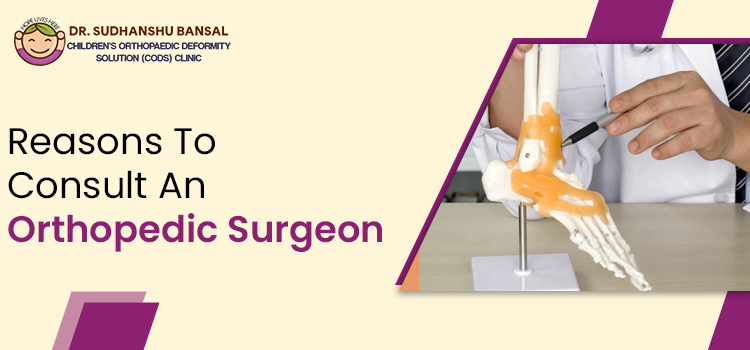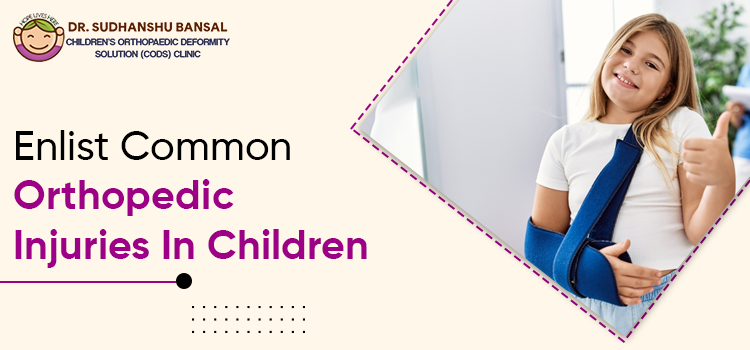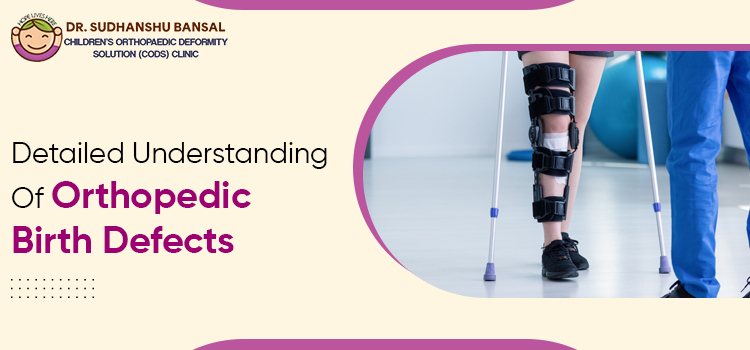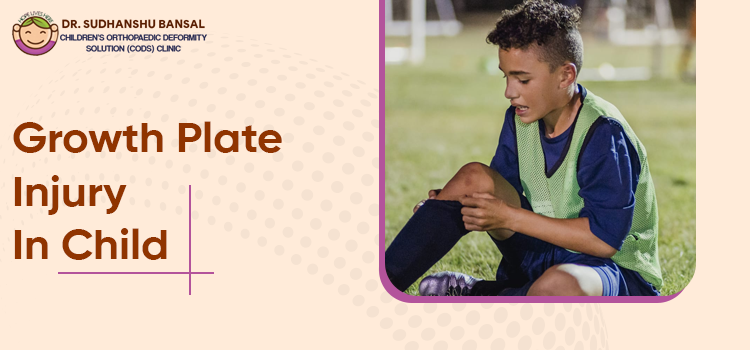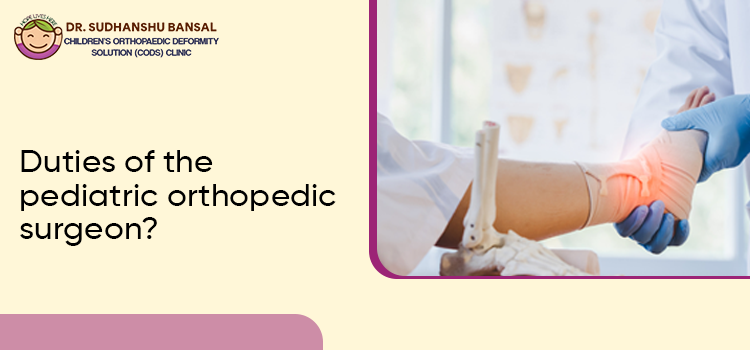Take the best measures to take care of your child
Children are the bundle of joy in everyone’s home. Their energy levels are always so high that you won’t make them sit in a place like once. Most importantly, being active is essential, but it’s also necessary to protect them from any injury or serious health concern. But, the most major concern is to visit one of the best child Orthopedic Doctor in Ludhiana to take the necessary measures and ensure the condition get all effectively addressed.
Seek the supervision of an experienced and skilled pediatric ortho doctor
When you visit the top-rated Pediatric Clinic in Ludhiana, it ensures that the problem gets properly diagnosed and ensures the treatment given is based on the individual’s condition. The specialists are aware of the right technique to handle the conditions related to musculoskeletal injuries. So, it’s important that you get the doctor’s supervision from time to time to ensure the developmental conditions are well addressed.
Pediatric doctors can address congenital conditions
Congenital orthopedic conditions are common, but it’s essential to get the problem addressed on time. When the doctor’s supervision is attained on time, it’s much easier to handle everything. The doctor suggests a treatment plan based on your age, weight, and bone length so that the most appropriate and effective surgical options are suggested. By that, it would be much easier to resolve the condition on time, and the chances of growth and development go in a smooth direction. Some of the congenital conditions that the orthopedic surgeon can address are:
- Clubfoot deformity
- Uneven limbs
- Spine deformity
- Gait issues and limping
- And much more
Get an answer for a reason for hurting by consulting ortho surgeon
The supervision offered by the orthopedic surgeon would make it much easier to point out what’s wrong. The child cannot express the pain or what exactly is hurting. When you consult the orthopedic surgeon, he performs different tests, and accordingly, a conclusive treatment plan is suggested. As a parent, it’s important that you question everything to the doctor. So, this is the first step towards addressing the problem effectively.
Treatment is given by pediatric ortho doctor
The orthopedic surgeon is well-aware of understanding and guiding toward the appropriate plan. The treatment plan can include surgery if the situation is extremely worse. So, their main aim is to handle the complications and prevent the situation well on time. The treatment includes physical therapy (the frequency might vary from one another), adding a brace, keeping a cast for a long time, and suggesting the changes that are appropriate to deal with.
Are you in search of the best pediatric ortho surgeon? Schedule an initial consultation at the CODS clinic to learn about everything in detail.






